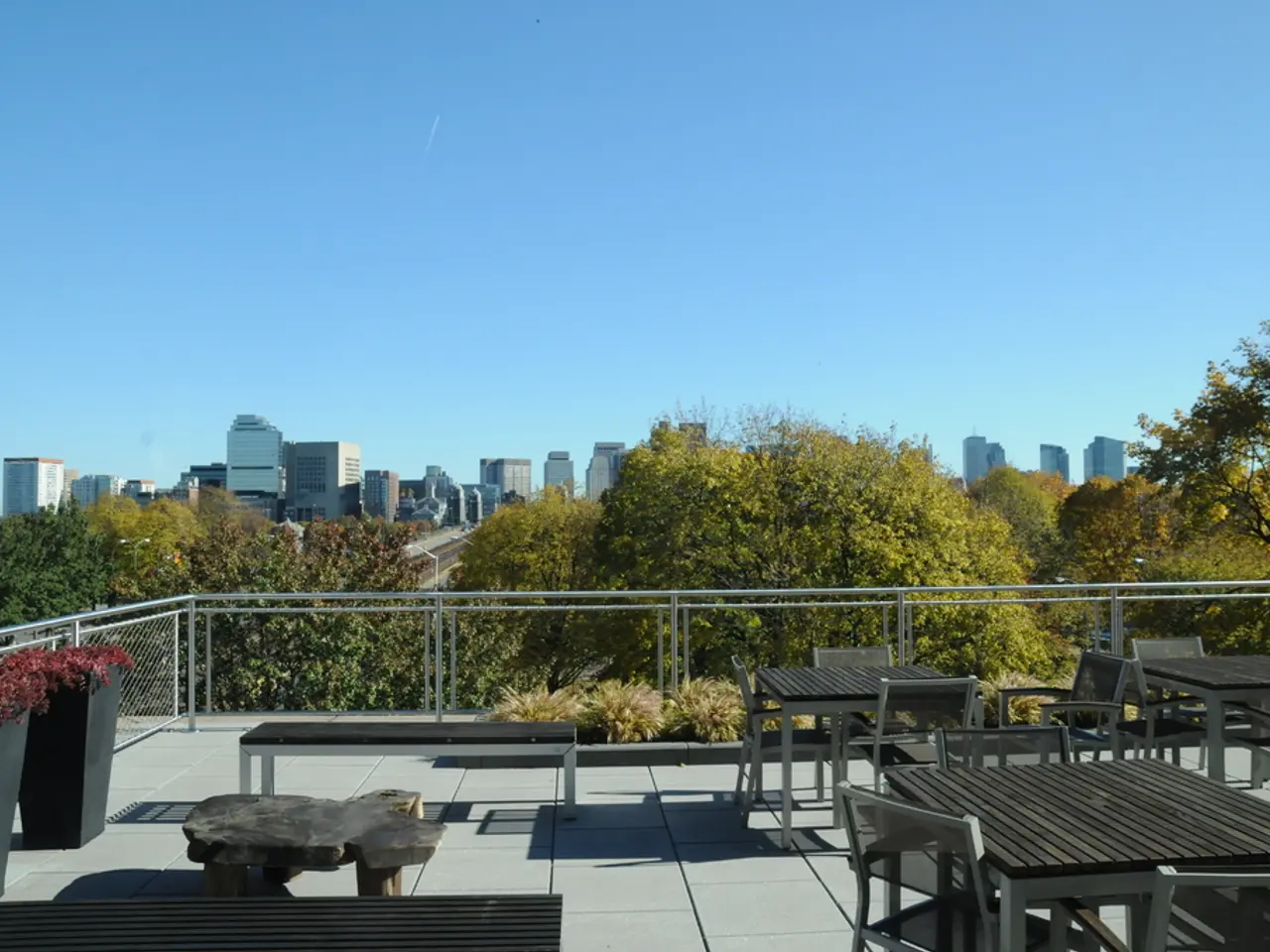Transforming the Eatery - A Temporal Summary of the Remodeling Process
Renovating a restaurant is an exciting yet complex process that involves careful planning and execution. From determining costs to managing timelines, there are several factors to consider to ensure a successful renovation.
Duration of a Restaurant Renovation
The duration of a restaurant renovation can vary significantly depending on the scope of the project. A typical kitchen renovation or modular restaurant setup might take between 8 to 12 weeks, thanks to efficient offsite fabrication that can cut schedules by 30-50% compared to traditional builds.
However, full-scale traditional restaurant renovations can extend from several months up to about a year or more. This extended timeline is due to the intricacies of design, permitting, and construction processes.
Key Stages in the Renovation Process
- Planning and Design (1–4 months): During this stage, the scope of the project is defined, detailed designs are created, materials and finishes are selected, budgeting is done, and financing is secured. Early design finalization helps avoid costly changes later.
- Permitting and Pre-Construction (2–5 months): Submitting plans for permits, coordinating with local authorities, and sourcing materials occur during this phase. Permitting can vary widely in time, sometimes taking a few weeks to several months depending on location and project complexity.
- Demolition and Site Preparation: Clearing out the old interior, removing fixtures, and preparing the site for construction is the first physical step.
- Construction Phase: This phase includes rough plumbing, electrical, and HVAC installation, framing and drywall installation, flooring, cabinetry, countertops, and appliance installation, and final finishes such as painting and lighting.
- Final Inspections and Detailing: After construction, inspections ensure code compliance, followed by final touches and cleanup.
- Project Completion and Walkthrough: The contractor completes punch lists and conducts a final walkthrough with the client before handover.
Factors Affecting the Duration of a Restaurant Renovation
- Dimensions and Layout of the Restaurant: The specific space and tasks at hand significantly impact the renovation timeline.
- Crew Size: The size of the workforce contributes to the efficiency of the project.
- Permits: Obtaining permits from local authorities, including zoning permits, building permits, and health department approvals, is a crucial part of the renovation process.
- Weather Conditions: External factors like weather conditions can affect the timeline of a restaurant renovation.
- Scheduling: Scheduling renovations during periods of reduced business activity or at night can minimize inconvenience to patrons.
- Changes During Progress: The number of necessary adjustments as the project advances impacts the overall time frame.
- Aesthetics: Quick-service establishments may not require extensive aesthetic investments compared to high-end dining spots.
- Budgeting: Calculating an estimated budget is essential to ensure the project stays within financial constraints.
- Communication: Clear and consistent communication among team members is essential during a restaurant renovation.
- Adherence to Site Requirements: Adhering to site requirements is crucial for efficient progress during a restaurant renovation.
- Number of Machines and Equipment: The number of machines and equipment plays a role in scheduling a restaurant renovation.
In summary, a well-planned and efficiently managed restaurant renovation can ensure a smooth transition from construction to operation, keeping disruptions to a minimum and maintaining customer satisfaction. Engaging with an experienced developer can help streamline the process, ensuring that your restaurant renovation is completed on time and within budget.
[1]: [Source 1] [2]: [Source 2] [3]: [Source 3] [4]: [Source 4] [5]: [Source 5]
- Aside from the prospect of renovating a restaurant, aligning your vision with home-and-garden or home-improvement improvements can enhance your overall lifestyle, creating a harmonious blend of dining and residential experiences within your restaurant.
- To reduce renovation duration for your restaurant, consider approaching home-improvement and remodeling experts who specialize in efficient modular construction methods, as this could significantly cut the timeline compared to traditional builds, allowing for a shorter downtime and a speedier return on investment.




